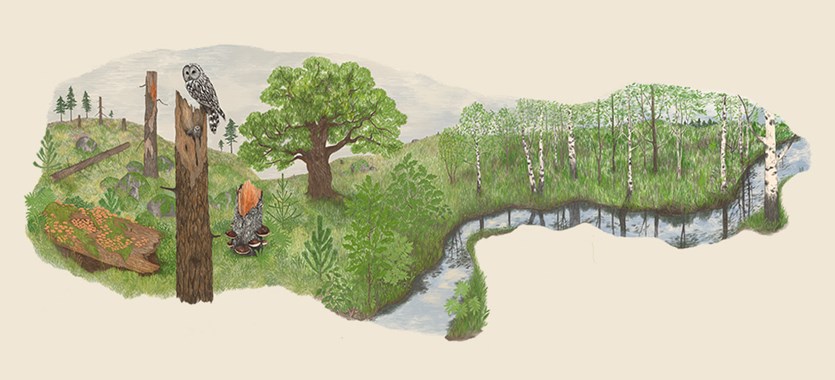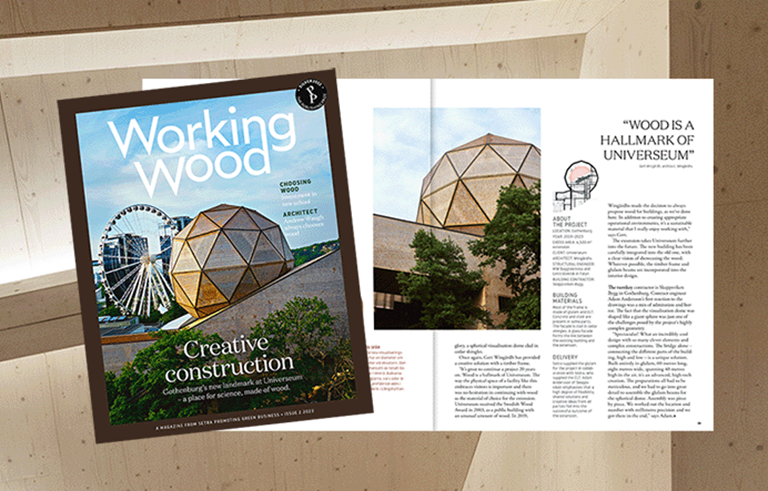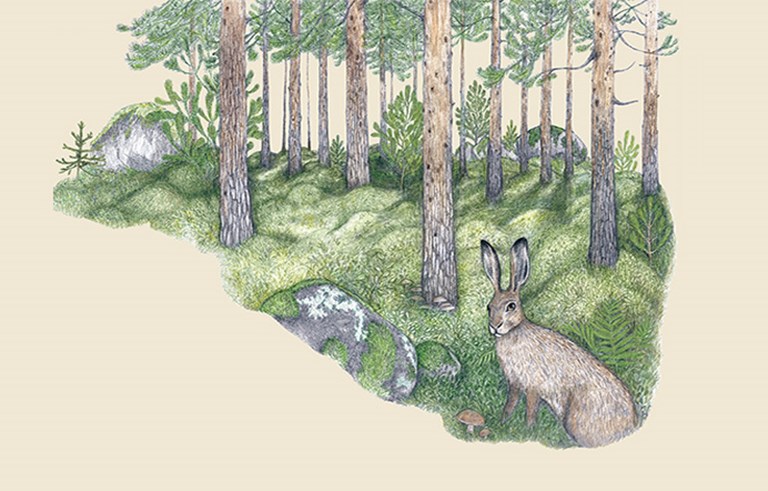You may have wondered, as you pass through Swedish forests, why some trees and high stumps are left behind after harvesting. This is an example of environmental consideration, says Åsa Öhman, Environmental Coordinator at forest owners´ association Mellanskog.
Back in 1993, the then new Swedish Forestry Act established that the natural and environmental value of forests is as important as their production value. A great deal has happened in Swedish forestry since then, with the certification schemes introduced in the late 1990s. Today, all the wood used in the industry is either controlled or certified, meaning that the forest is managed according to certain rules.
“We know many people are concerned that the timber produced, for example for house-building, should be managed sustainably at every stage. You can, of course, practise sustainable forestry without being certified, but it provides valuable proof that you meet both the legal and certification requirements for sustainable forestry,” says Åsa.
Swedish forests are a fantastic natural re-source that should be able to accommodate the needs of humanity as well as flora and fauna.
“In the example of high stumps, dead wood is deliberately created, as it is an important factor for biodiversity. Birds nest in dead trees and high stumps, which also provide a habitat for bees, mosses, lichens, fungi and insects,” Åsa adds.
Text: Marie Karlsson
Image: Astrid Linnéa Andersson





